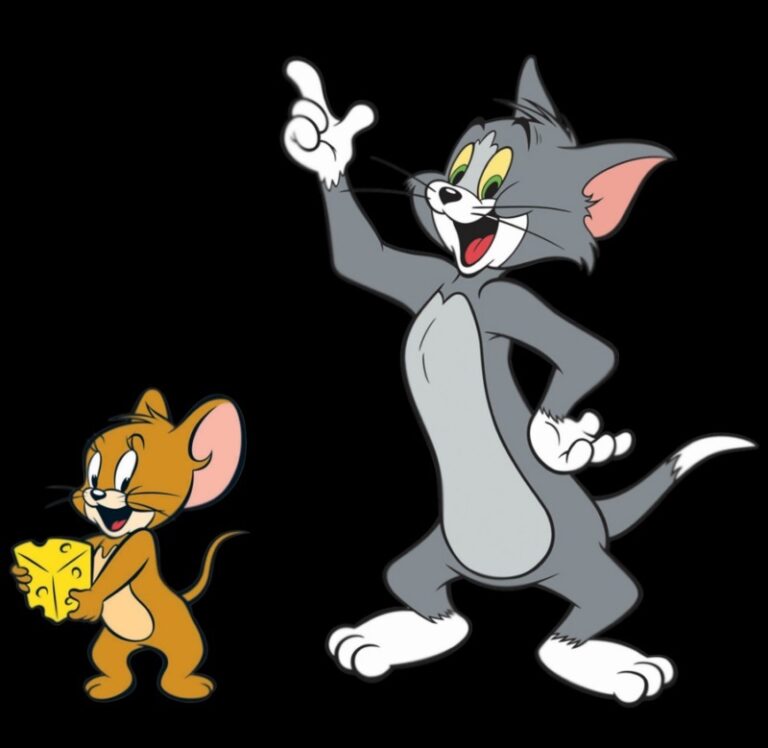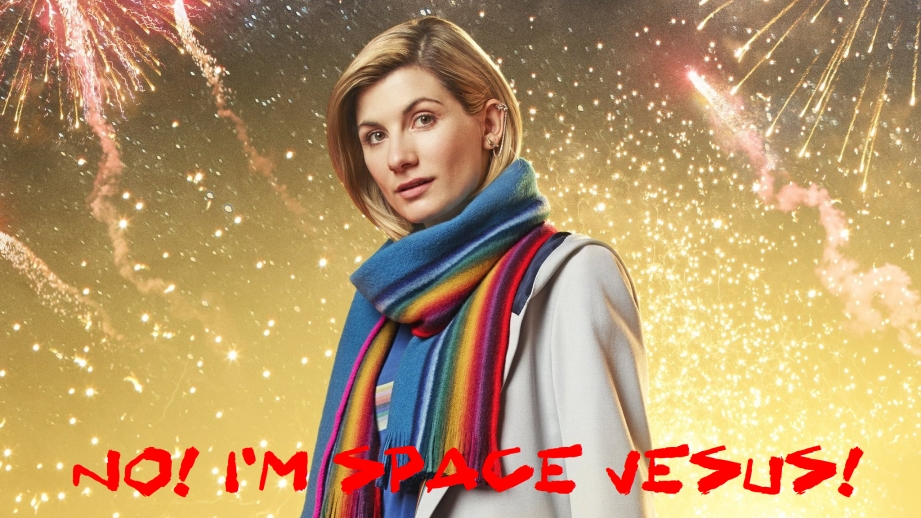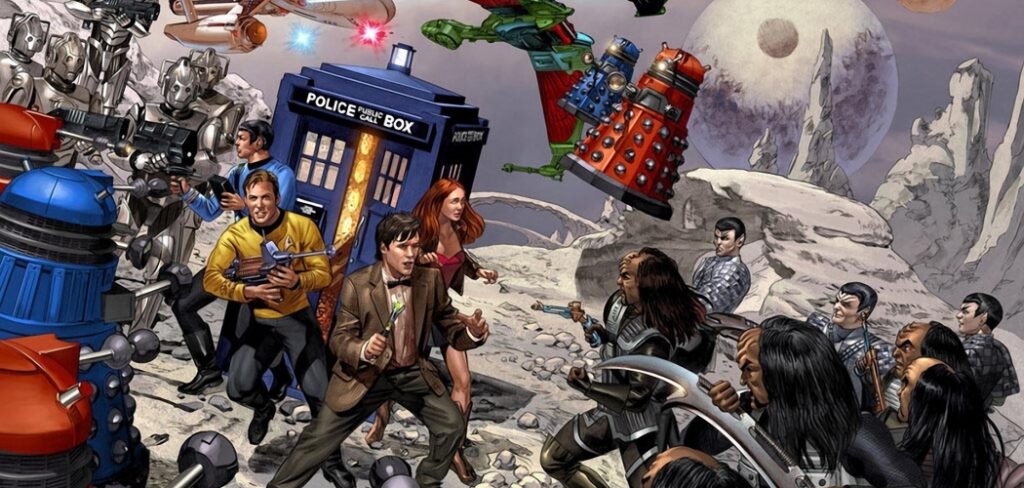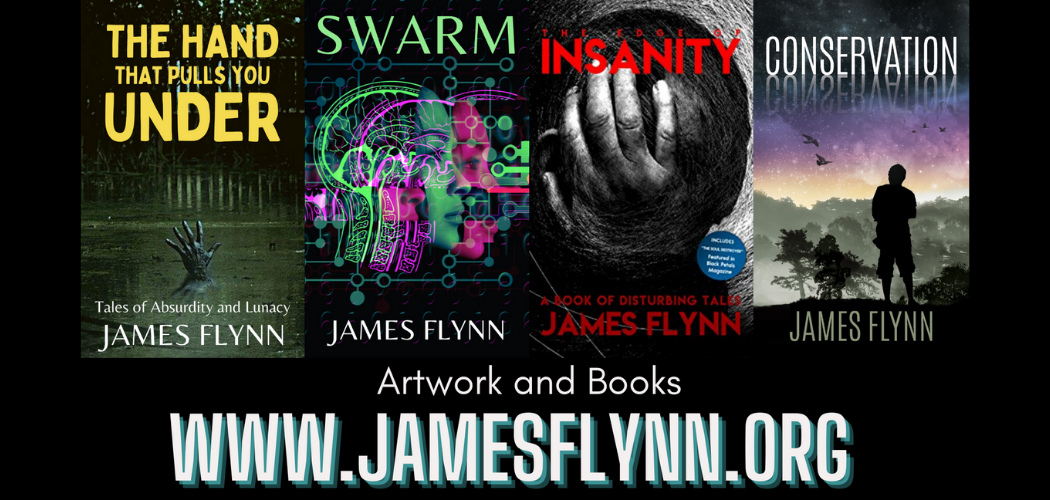The Curse of Continuity
Can Canon at All Costs be a Counterproductive Crutch?
By - Seth Godwynn
Nobody likes it when a franchise contradicts itself, but often the opposite can be far, far worse. Over-reliance and over-insistence on staying true to an official continuity can often become an off-kilter crutch and an excuse for weak and nonsensical writing.
There are in essence four kinds of franchise logics.
The first is canon logic, where all episodes of all incarnations form one continuous story, and anything that happened in one episode literally happened exactly that way in the history of every episode set chronologically after that time. This one seems to be very popular with modern live action dramas.
On the opposite end is episodic Tom & Jerry logic which reboots with every single story. It doesn’t matter if one of them dies, or one day they’re trying to outsmart each other and the next they’re running a loan shark operation together—they’re still always Tom & Jerry.

Then there are those that try to mix the two, which is a lot easier than it sounds. The existence of a canon can become part of the show’s internal mythos. A good example would be The Simpsons, where Bart Simpson has been an 11 year old boy for 30+ years, but occasionally is shown older, and even more occasionally a character will die and they stay dead. Another good example is James Bond: a popular fan theory is that ‘James Bond’ is merely a designation, and that Sean Connery, Roger Moore and Kevin Bacon were all different people within the show’s universe, merely given the ‘James Bond’ designation. This is not the case. ‘007’ is the designation, and James Bond is his real name, because they’re all the same person. Occasionally it will allude to things that happened in previous adventures, but that’s no different to Apu leaving Springfield permanently for the crime of being an outrageously positive stereotype of the hardworking immigrant who strives to achieve the American Dream™.
And finally is the status quo reset. At the end of every story, everything reverts to how it was at the beginning. Occasionally a character might leave, or a new character be introduced, but this is about the limit of development.
The worst thing to try and do is to establish a canon based off an earlier incarnation of a franchise that took any of the other approaches.

A perfect example of this is fan favourite Star Trek. Gene Roddenbury did a lot of world-building with Star ‘The Original Series’ Trek (aka TOS,) but nobody knew it would become the cultural phenomena we came to know it as, spawning countless movies, TV series, cartoons, fan conventions and spoken word song releases, not to mention fan-fiction featuring a brand new character that is virtuous, immediately competent at everything she tries, never faces any difficulties, knows better than all the established characters, and is loved and praised by them all the time. No, he thought it would do a couple of rounds of TV, maybe get syndicated a bit, and then go the way of most TV dramas of the time—to the archives, never to be seen by human eyes again. People didn’t have video recorders in those days, and TV was written accordingly, meaning at times, very lazily.
Why incorporating this into a future canon is often a terrible idea can be summed up by three words—Vulcan inner eyelids. In the story, ‘Operation—Annihilate!’ Spock had voluntarily been blinded to neutralise an invasive species, and they didn’t fancy writing him as blind in subsequent stories, so they had to find a way to make him un-blind again at the end to reset the status quo. They could have just said that Vulcan eyes are more resilient than humans and weren’t permanently damaged as had been assumed, but the inner eyelid explanation was a bit more alien, and a little more ridiculous—Doctor McCoy actually face-palmed in that scene. Who knows—maybe Spock was making a joke. It was never mentioned again in that series because it had served its purpose and would be forgotten by the following week. Well, unfortunately that was a little shortsighted in retrospect, Mr Roddenbury—it’s an official part of the canon now, and has to be mentioned any time a Vulcan gets so much as a whiff of sunlight on their faces.

So what’s the alternative? Well, if they’d asked me to show-run Star ‘The Next Generation’ Trek (aka TNG)—and I note with some annoyance that they didn’t—I would have approached it the following way:
1 – The Star Trek franchise canon begins with TNG in our timeline.
2 – Anything that occurs before TNG in the show’s chronology, regardless of when it was created, is not part of the canon.
3 – TOS is an in-universe dramatisation of historical events that Federation kids would watch over dinner every Space-Tuesday.
4 – It is not strictly accurate, existing as it does for in-universe entertainment purposes.
This would be established in the very first episode, by having an episode on somebody’s TV in the background.


So now we’ve established that the events of TOS were not the literal events themselves but an in-universe dramatisation, that both protects the original series, and frees up TNG onwards to play a little faster and looser with the established rules.
Does it make sense for a transporter to disassemble people molecule by molecule and reassemble them somewhere else? No, of course not! Phasing somebody in and out of a compacted pocket warp dimension, or something along those lines makes much more sense, but they’re stuck with disintegration because Bones mentioned it once. I think it’s safe to assume that Bones simply didn’t understand how it worked, and nor did the people that put together the dramatisation.
In fact, you don’t even need to de-canonise something to discount things people have said as literal truth—people are unreliable and don’t always know what they’re talking about. And sometimes they lie—I’m looking at you Ben Kenobi!
This compartmentalisation also explains the dramatically different aesthetic of TOS. It uses bright, camp and garish colours which looked great on newly available colour TVs! Klingons look like bearded men with shoe polish on their faces because they obviously couldn’t get Klingon actors at the time since they were at war with them! It also explains why Enterprise looks more like the later shows—the entire series is a Holodeck recreation being reviewed by William ‘I Sit Funny’ Riker (aka ISF,) some years, and quite a few lard cakes, after the events of TNG, together with the universe’s first ever alien Cockney, as directly alluded to in the series finale.
Well, that was fine until DS9 decided to use time travel to put their own crew on the 60’s Enterprise, proving that we had in fact been watching literal events unfold, in what was ironically one of the best episodes ever. Enterprise did something very similar, and even explained away the Klingon thing, but Enterprise isn’t canon because it’s crap – although not as crap as everything that came later..
So how did this work out for them? Well, they successfully ran their retroactive canon into the ground, and then had multiple reboots that ignored established canon altogether, replacing it with woke-philosophy and other flagrant and heavily dated stupidity. Thanks JJ Abrams!
Abrams has such a unique talent for screwing up continuity, he can’t even get his own franchises right. Lost was seemingly written as a bunch of Tom & Jerry logic single story (and internally contradictory) seasons that somebody was probably hallucinating anyway for the first seven years, and then right at the end, he concludes by having a character realise, “So none of this was real?!” only to have somebody else answer, “No, it all literally happened!” The end. That explains everything.
That clapping sound you heard was a nation of rapt viewers rapidly blinking at full volume.

Another franchise that tried to retroactively force an earlier incarnation of itself into a new canon, and completely screwed it up, was Doctor Who. That happened the very first time they found themselves needing to change the actor playing the titular Doctor. They could have just switched the actor for a younger one between series and hoped nobody would notice, because as an audience, we rarely care. It bothers us for all of 2 minutes, and then we just accept this is what he looks like now. We accept that the character exists independent of any single actor at a subconscious level. But no, they didn’t do that. They decided to make it so that everything that happened was part of a single continuity by way of regeneration. Don’t worry, they say, it doesn’t mean he’s immortal. He only gets to do it 12 times, which is more than enough. After all, it’s not like there’s ever going to be any more than 13 different actors playing him… oh.
Still, over the years the story contradicted so much of its own history that we began to wonder why they even still bothered trying to maintain continuity. Eventually, they stopped bothering to maintain continuity. And now the whole franchise is dead in the water and nobody wants anything to do with it anymore. Even little children are cheering on the Daleks now.
Back in the 70s there was a small low budget movie production called The Star Wars, that turned out to be a bit more popular than anticipated, enjoyed by men and boys of all ages. Some women and girls liked it too, though notably not as many. It went on to spawn two sequels, and became the most influential movie series of its time. The stories alluded to a rich in-universe history, mostly explained by characters in a way that could never be described as being even remotely reliable.
Fast forward 20 years, George Lucas decided to tell said back story, using every allusion to it from the earlier movies as literal truth.
Ben Kenobi makes a passing remark about not remembering ever owning a droid, as a means of misdirection to distract his young protege from the fact he was visibly disturbed by the droid’s sudden inexplicable presence, and the world of shit it implied was about to be dumped on him. Now you can look forward to three feature length movies showing him actively never owning a single droid, even when it would make sense to.
Darth Vader admires a newly constructed lightsaber, and comments on how his son’s skills are complete, as a means of misdirection, because he didn’t want his son to see he was in minor emotional turmoil by a certain revelation (spoilers…). Congratulations—now building your own lightsaber is a right of passage that every wannabe Jedi must master, even though such a concept is utterly ridiculous.
Yoda reels off a litany of poorly contrived excuses not to train an already young Luke as a test of his character (which he fails), one of which is that he is ‘too old… too old to begin the training’. So now we can look forward to the Jedi ripping fucking kids from their mothers’ arms and training them in laser sword battle and grim dogmatics from infancy, because that makes complete sense for what’re supposed to be the good guys.
Now, if George Lucas had put me in charge of the prequels—and I note with some annoyance that he didn’t—then things would have been very different. For starters, I would have opened by establishing that Ben Kenobi runs a side hustle, where he enters the many many droids he owns into fights to the… whatever death is for a droid, at illegal underground gambling dens. I’d also introduce the war industry complex that mass produces all of the Jedi’s lightsabers in any colour except purple. The red ones tend to be more popular with the bad guys, but it’s just solidified food colour so it doesn’t make much difference at the end of the day. I’d also establish that you have to be at least 18 to apply for the Jedi Academy, and that Yoda was an arse!
Instead, we got three feature films where they spent so much effort trying to get every unreliable allusion to the universe’s history correct—the ones that absolutely didn’t need to be correct—that they forgot to write an actual story. Even JJ Abrams couldn’t have screwed up the franchise that badly… oh.
And where is it now? In serious damage repair salvage mode—that’s where! It still has a bit of a chance left, but it’s on life support, and its family is making surreptitious funeral arrangements.
Canon works best with new series and new characters, and with a bit of actual planning. When you try to fit pre-existing works into a continuity they weren’t written to adhere to, you’re going to screw it up. Badly! This is the way.
Many thanks for reading this article. We hope it was interesting, informative and entertaining. Follow us on social media or share our content on your own pages. It helps us grow so we can create more free content to help you.


